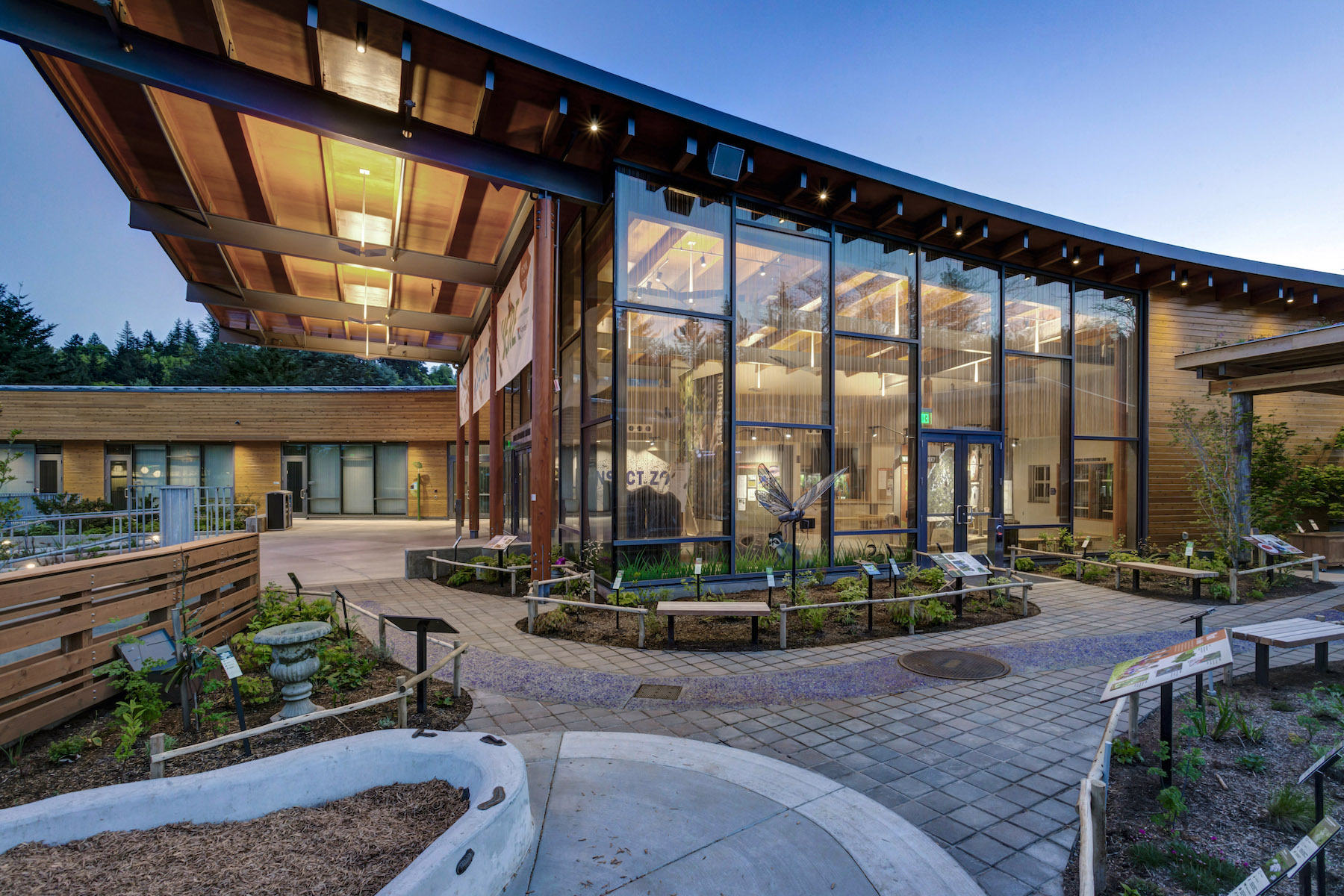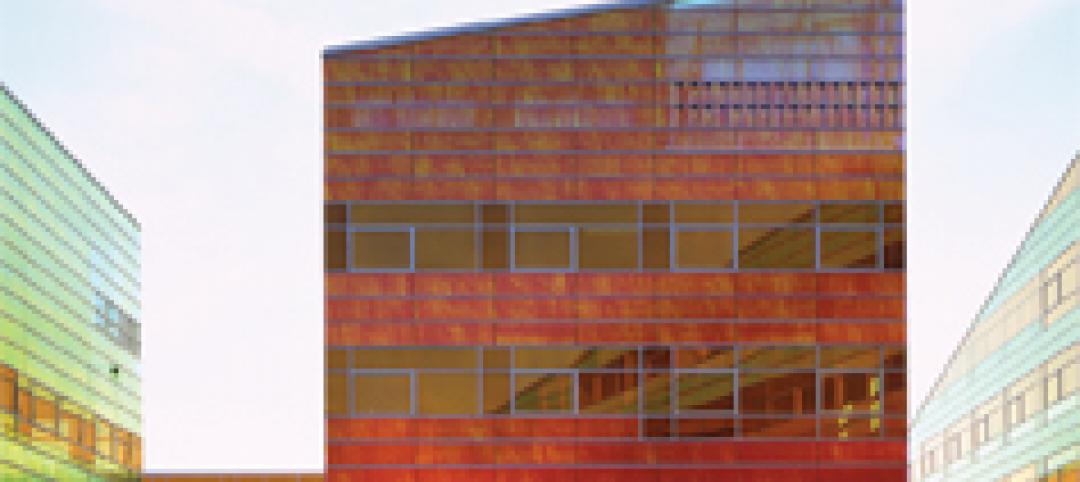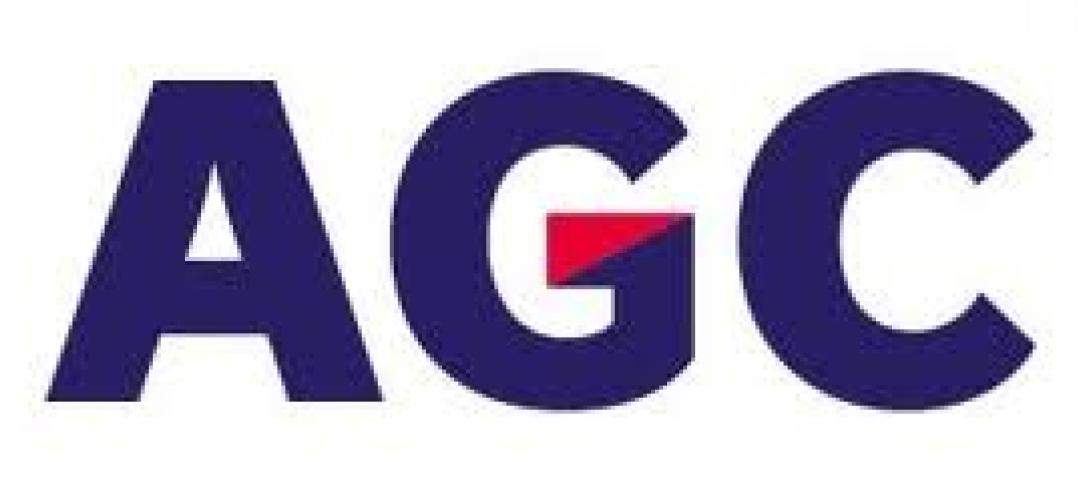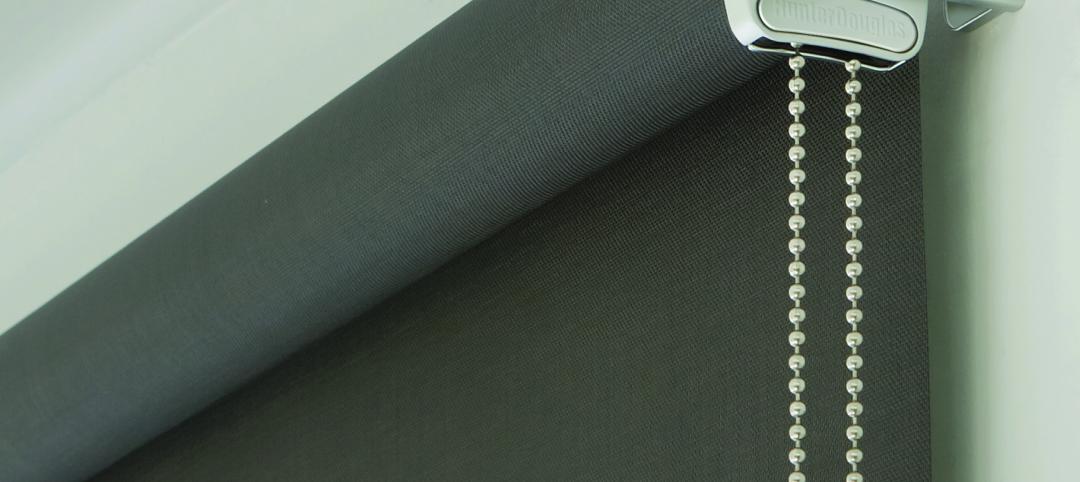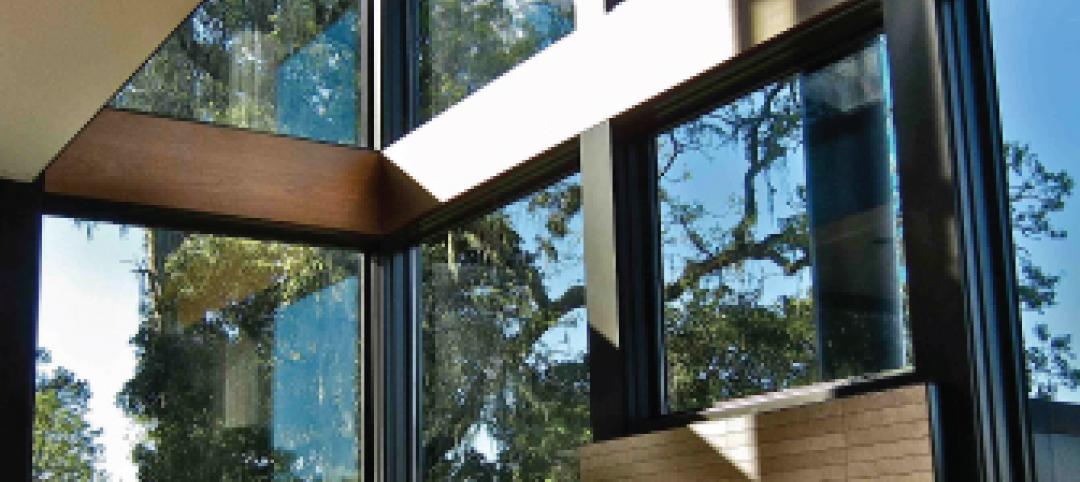While glass is one of the most economical, versatile and beautiful building materials, collisions with glass remain a major cause of bird mortality in North America. This has led to a surge in legislation for bird-safe building materials in North America and beyond.
Last year, the Bird-Safe Buildings Act was passed by the U.S. House of Representatives. Meanwhile, the National Glass Association (NGA) leads a bird-safe glazings advocacy effort. Some municipalities, such as New York City, even require bird-safe glass on certain building types.
Saving Birds Lives While Saving Energy
Industry standards are emerging in relation to bird-friendly glass. Glasses today are often evaluated against the 2″ x 4″ rule, based on the idea that birds will not attempt to fly into spaces they detect as being less than 2 inches high and 4 inches wide. Glasses can be assigned “threat factors,” which measures the potential risks a glass can pose to bird populations.
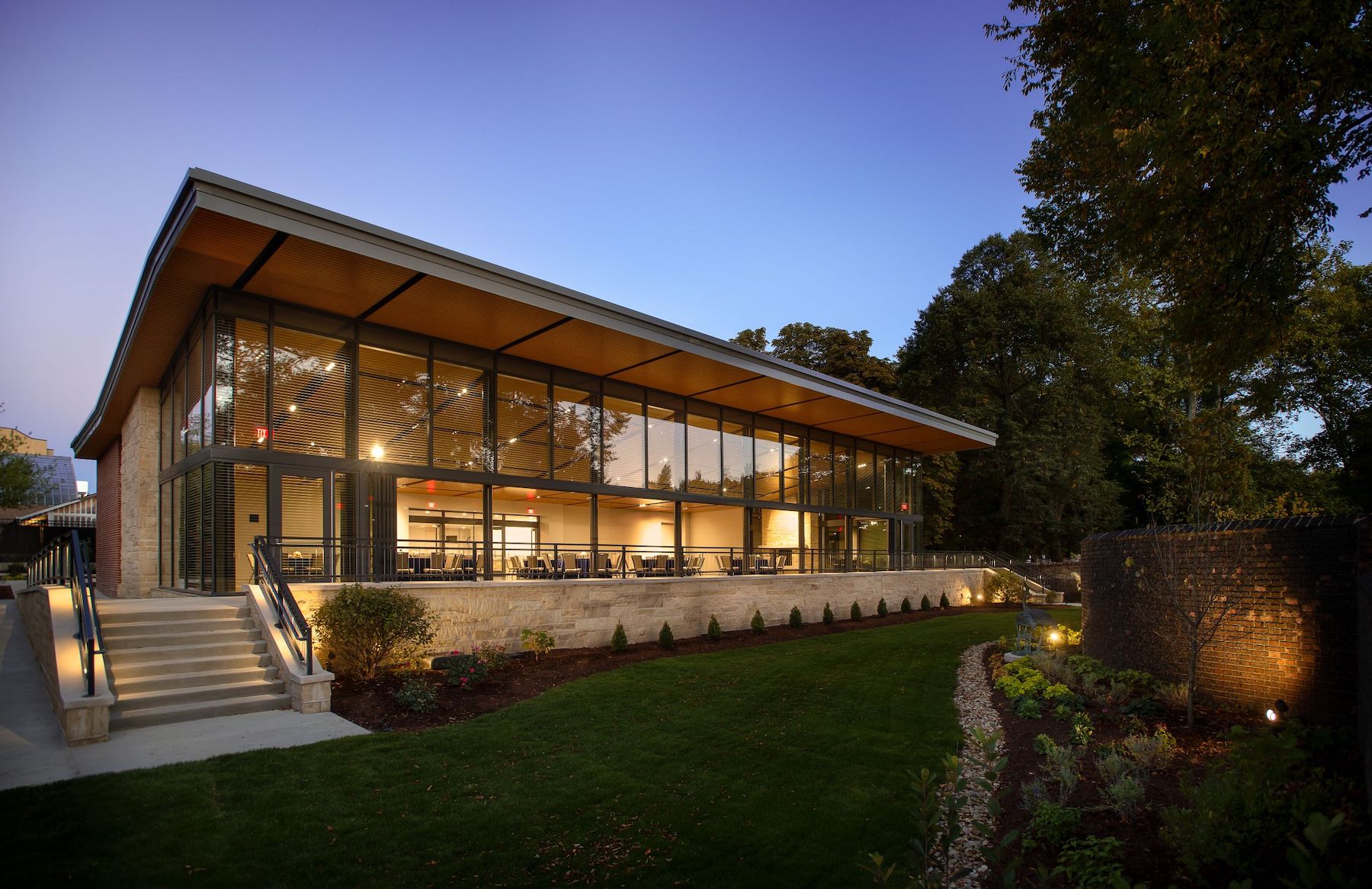
In coming years, bird-safe glass is expected to gain in preference and find its way into more local building codes and architect demand is expected to accelerate.
Meanwhile, increasingly stringent energy codes and a global drive for sustainability demand excellent energy performance in glass products.
A Sustainable, Bird-Safe Solution
The partnership between Walker Glass and Vitro provides a bird-safe glazing solution while saving energy. AviProtek® E bird-safe low-e glass helps architects and building owners satisfy new regulations for bird-friendly building design, achieve their environmental goals, earn LEED® credits and meet solar-performance targets.
AviProtek® E glass has received numerous accolades over the years and is the only bird-safe glass product available with an Environmental Product Declaration (EPD). This allows architects to secure an additional LEED point for their projects using Pilot Credit 55 related to bird deterrence. It also meets California building legislation requirement (AB262) enacted in 2020. AviProtek® E also has a Health Product Declaration (HPD), which contributes to LEED points in the Materials & Resources (MR) Category.
An Alternative to Ceramic Frit
While ceramic frit is commonly used to satisfy bird-safe glass requirements, acid-etched visual markers — such as those used in AviProtek® E bird-friendly glass — are generally more effective when optimized for energy efficiency. By placing acid-etched visual markers on the first surface of an insulating glass unit (IGU), which is preferred to prevent bird collisions, a solar control, low-e coating can be applied to the second surface—which is ideal for optimizing performance.
Ceramic frit is not optimized for the first surface of IGUs. When ceramic frit is placed on the first surface, the low-e coating must be placed on the third surface, potentially compromising energy performance.
To learn more about bird-friendly glass from Vitro Architectural Glass and Walker Glass, visit www.vitroglazings.com/birds.
Related Stories
| Apr 27, 2012
China Mobile selects Leo A Daly to design three buildings at its new HQ
LEO A DALY, in collaboration with Local Design Institute WDCE, wins competition to design Phase 2, Plot B, of Campus.
| Apr 24, 2012
AECOM design and engineering team realizes NASA vision for Sustainability Base
LEED Platinum facility opens at NASA Ames Research Center at California’s Moffett Field.
| Apr 5, 2012
5 tips for a successful door and window retrofit
An exclusive tip sheet to help the Building Team manage door and window retrofits successfully.
| Apr 4, 2012
Bald joins the Harmon glazing team
Bald has 13 years of experience in the glazing industry, coming to Harmon from Trainor where he was the regional manager of the Mid-Atlantic region.
| Apr 3, 2012
Blaine Brownell on innovative materials applications in architecture
Brownell, who was named a BD+C 40 Under 40 in 2006, provides insight regarding emerging material trends and the creative implementation of materials.
| Apr 3, 2012
AGC Glass to reopen shuttered plant
Shuttered since 2008, the plant produces clear and tinted float glass serving architectural glass markets.
| Apr 2, 2012
TGP launches new fire-rated glazing website
Website offers online continuing education courses registered with the American Institute of Architects (AIA), BIM 3D models, and rapid-response quoting, among other support tools.
| Mar 29, 2012
Roller shade operating system wins IF Product Design Award
Design experts in the iF jury recognized the engineering invested in the RB 500 Roller Shade, including a metal clutch with a patented construction, a durable zamac housing with polished finish, and a chain drive unit that excels in maximum operating comfort.
| Mar 16, 2012
Marvin Windows and Doors accepting entries for fourth-annual myMarvin Architect’s Challenge
Architects in U.S. and abroad offered the chance to showcase their very best work.
| Mar 13, 2012
Commercial glazer Harmon expanding into Texas
Company expanding into the Texas market with a new office in Dallas and a satellite facility in Austin.


